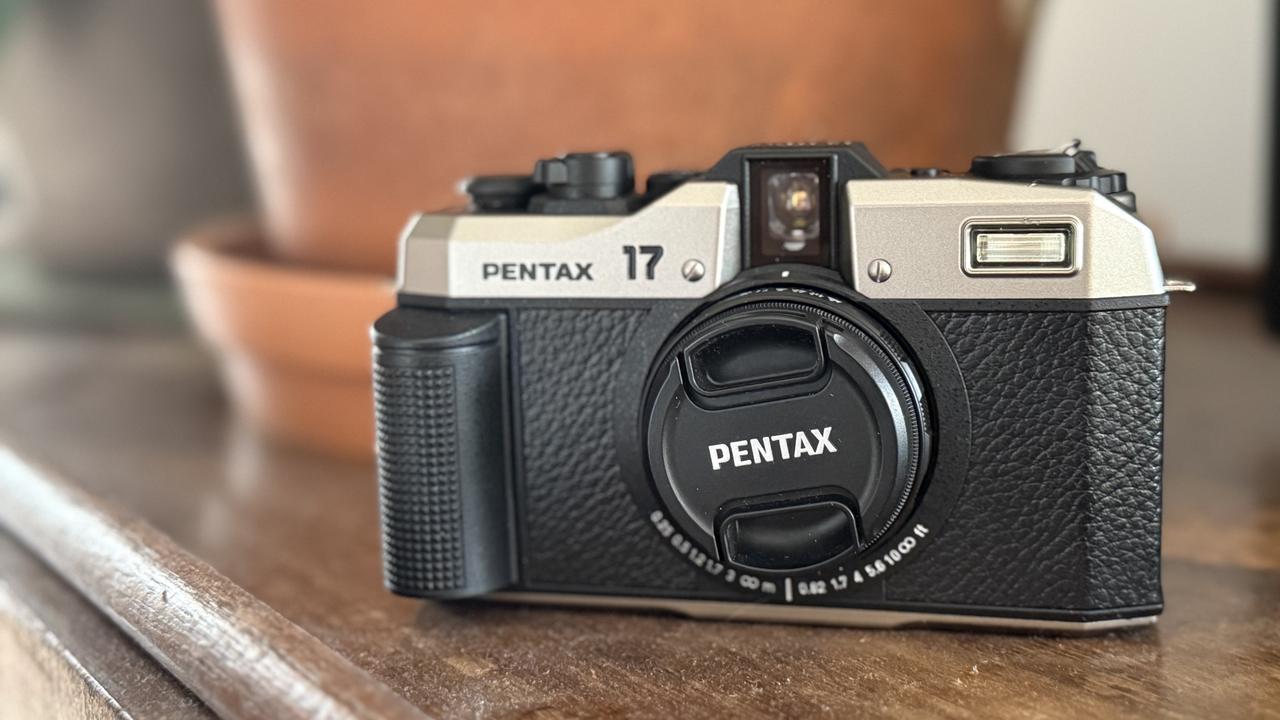Microsoft Surface: Plenty of power in latest update
Microsoft has has created two sizes of its third-generation Surface Laptop that are completely different internally.
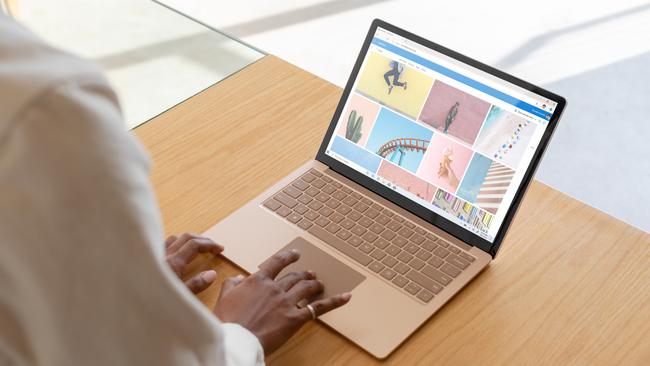
Microsoft has achieved something unusual in this month’s release of new Surface devices: it has created two sizes of its third-generation Surface Laptop that are completely different internally.
The 13.3-inch Surface Laptop 3 is a routine upgrade of previous models with modern-generation 10 Intel processors and the new USB Type-C connector. There’s nothing particularly radical there.
However, Microsoft has also introduced a specifically branded consumer version of the new, larger 15-inch Surface Laptop 3 that uses a custom-made processor made by Intel’s competitor AMD.
You might argue that the brand of chip used in a laptop is not important, but it does affect performance, and Surface laptops traditionally offer fast performance.
We’ve seen AMD Ryzen chips in cheaper laptops, but reviewing the 15-inch Surface Laptop 3 means I can take a look at how AMD chips perform in a modern, high-end device.
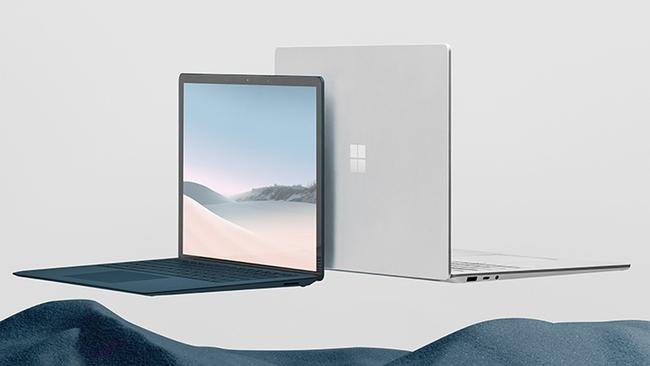
For those with an eye to history, Intel and AMD chips were both common in the old desktop computers. I used to attend Sunday computers markets in the 1990s and frequently buy AMD motherboards and chips when building your own desktops was a fad.
AMD continued to shine when it came to producing graphics cards, including for Apple, but Intel has dominated the processor market.
However, AMD has been fighting back. And now it is having a crack at the high end of consumer computing.
This 15-inch version of the Surface Laptop is an attractive kit with an aluminium body and big 3:2 ratio display suited to productivity. Laptops with a wider but shorter 16:9 display are great for watching movies online. The 3:2 ratio screen is squarer, which means more depth in a web page when surfing the net, and more visible lines when word processing or viewing a spreadsheet.
The 15-inch display has a resolution of 2496x1664 pixels at 201 pixels per inch, so it shows fine detail really well. I am writing this review using Surface Laptop 3 with multiple windows open side by side, and all the fine print in those windows is clearly readable.
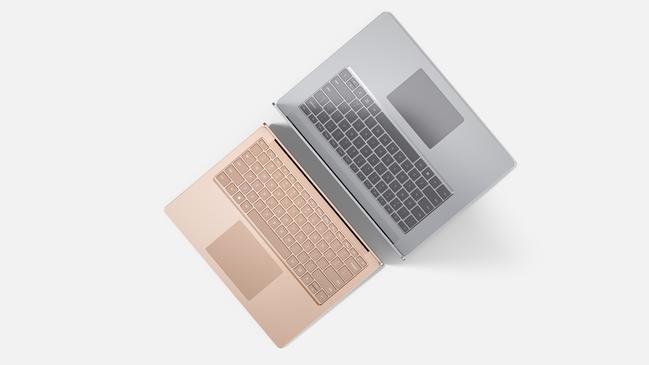
I could type efficiently on the laptop’s spacious keyboard. There’s also a large trackpad, which is great if you use a trackpad for gestures.
The specs are flexible. Australian 15-inch consumer models have either an AMD Ryzen 5 3580U or Ryzen 7 3780 U mobile processor. You can have 8GB, 16GB or 32GB of DDR4 memory, and there are options of 128GB, 256GB and 512GB for the solid state drive.
Microsoft says that the drive is removable, which is a great security measure. But the fine print tells us this can’t be done by a user — it is a technical operation. “Hard drive is only removable by a skilled technician following Microsoft instructions,” the footnote says. It’s not something you would do every day yourself.
I’d class Microsoft’s offering of ports around the sides as adequate rather than generous. There’s one USB-A and one USB-C port on the left along with a 3.5mm audio socket. There is Microsoft’s proprietary power connector at right, and that’s it.
Of course, you can plug in an adaptor to get more USB ports, HDMI and a card reader. But there’s not the generous serving of ports we see on rival devices that offer multiple USB-C, as on MacBook Pros, for example. Some rivals have an in-built HDMI port.
One other disappointment is that the AMD model doesn’t support the latest Wi-Fi AX, aka Wi-Fi 6, although the commercial Intel versions do. All have Bluetooth 5.0 technology. Further, the USB-C port doesn’t support Thunderbolt 3, which offers incredibly fast data transfer speeds. That might matter if you plan to attach an external GPU or external drive for high-resolution video editing. Otherwise, probably not.
You can use one of those snazzy Microsoft Surface Dials with this laptop. Surface Dial is a little device that sticks to the screen and lets you rotary-dial menu options within a supporting application.
Because the laptop screen is vertical, you don’t stick it to the screen; rather, you put it beside your keyboard and rely on Bluetooth connectivity.
I took a look at apps that support the dial and found a list of 22, and they are predominantly for sketching and photo management. They include CorelDraw, Affinity Photo and Publisher, Sketchable, Spotify Music, Paint 3D, Windows Maps and OneNote.
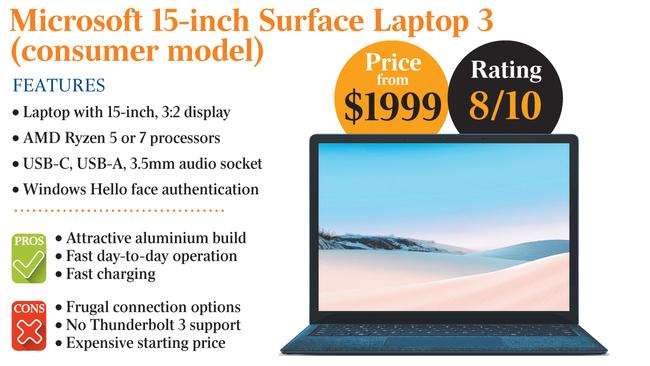
Earlier models of Surface Laptop came with a signature piece of Alcantara cloth around the keys. If you haven’t come across Alcantara, it’s a substitute for suede and vinyl that offers better stain resistance and durability. You can still get Alcantara versions of Surface Laptop on 13.3-inch models. However, the 15-inch version is aluminium throughout with a choice of matte black and platinum.
As you’d expect, this laptop lets you sign in with face recognition using Windows Hello and it has a front-facing, 720p high-definition camera at the top of the screen.
The laptop comes with Dolby Audio but the sound, while passable, lacks the depth and bass for my taste.
The proof is in the pudding when it comes to the capability of AMD’s Ryzen processor. I used Cinebench version 15 to test it. The AMD Radeon Vega 9 graphics returned a score of 38.43 frames per second, which isn’t that stellar. The same applies to the Ryzen 5 processor on this laptop, the less powerful of the two Ryzen processors available. The score was 317cb.
I also tested Surface Laptop 3 with Novabench and the laptop scored 513 (CPU) and 219 (GPU) with an overall score of 1071. By way of comparison, when I tested the upgraded 13-inch MacBook Pro in June, the scores were 885 (CPU) and 331 (GPU) and 1569 overall.
These figures may look bamboozling, but they offer a comparison between different model performance.
I also ran our standard battery test, playing an HD movie at 50 per cent brightness. The laptop lasted eight hours, 15 minutes on a single charge.
It recharged 55 per cent in 30 minutes and 81 per cent in an hour. Microsoft claims 80 per cent in an hour, which is spot-on. It achieves that with its own Surface Connect charger, which is probably why Microsoft sticks to using it. Microsoft hasn’t migrated to using USB-C as the default for charging. Hopefully it will the next time around given it is becoming the default across the industry.
Overall, Surface Laptop 3 with its AMD Ryzen chip is a great device save for the quibbles I have raised. However, it’s not a gaming laptop based on the specs here. And I’d recommend caution if you need high-end graphics performance or use external devices that need a Thunderbolt 3 connector.

